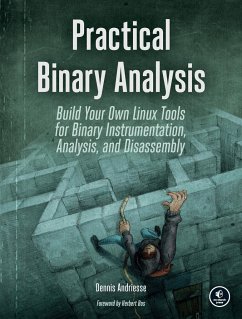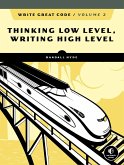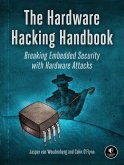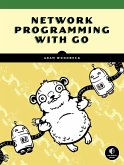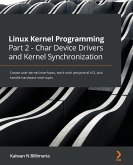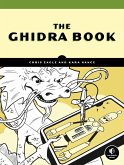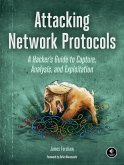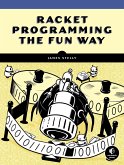"Dennis Andriesse has put together a book that combines the necessary knowledge and tools enabling the reader to grasp not only the fundamentals of binary analysis, but also to put the newfound knowledge to the test in practical and illustrative examples of binary analysis."
Sven Dietrich, Cipher: the newsletter of the IEEE Computer Society's Technical Committee on Security and Privacy
"This book is...one that deserves the title of deep dive. There is no waste anywhere just lean, mean, information."
Full Circle Magazine
"If you want to reverse engineer some code, learn to be a white hat hacker or a black hat hacker then it's well worth reading."
I Programmer
"Explains the subject in a straightforward and concise way! The author is a very knowledgeable security researcher and his work is state of the art!"
Nucu Labs
This book reads like a workshop that teaches readers what tools exist for both Linux and Windows and how to string them together to write tools for reverse engineering binaries . . . if you are well versed in programming, this book will still teach you a good approach at tackling many problems with binary analysis.
John Skandalakis, Software Engineer, Tripwire
Sven Dietrich, Cipher: the newsletter of the IEEE Computer Society's Technical Committee on Security and Privacy
"This book is...one that deserves the title of deep dive. There is no waste anywhere just lean, mean, information."
Full Circle Magazine
"If you want to reverse engineer some code, learn to be a white hat hacker or a black hat hacker then it's well worth reading."
I Programmer
"Explains the subject in a straightforward and concise way! The author is a very knowledgeable security researcher and his work is state of the art!"
Nucu Labs
This book reads like a workshop that teaches readers what tools exist for both Linux and Windows and how to string them together to write tools for reverse engineering binaries . . . if you are well versed in programming, this book will still teach you a good approach at tackling many problems with binary analysis.
John Skandalakis, Software Engineer, Tripwire

